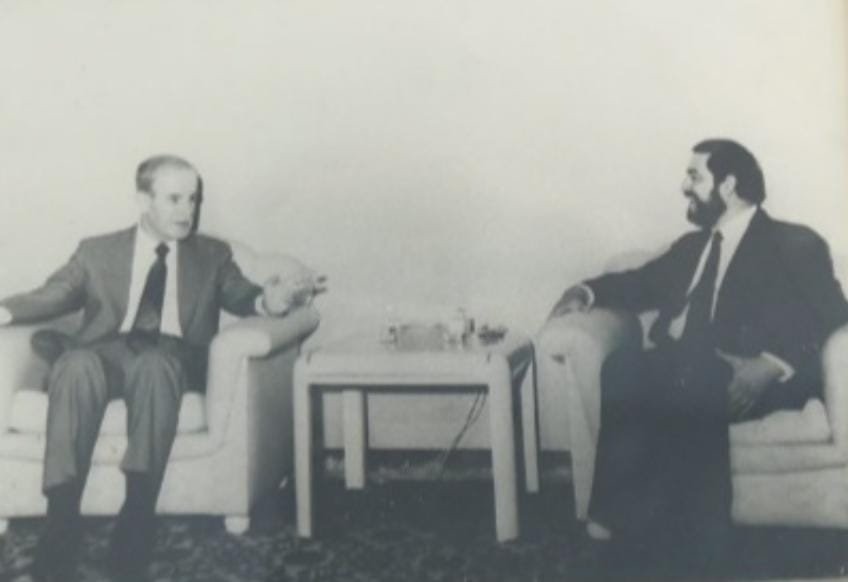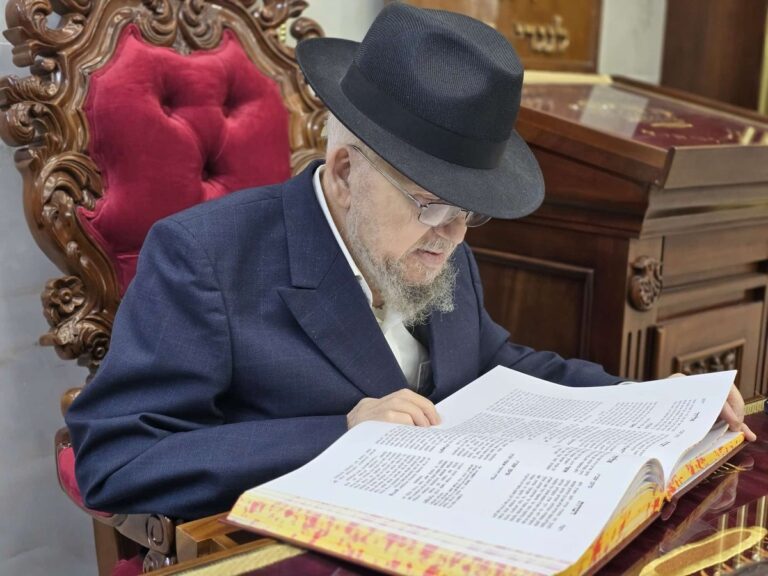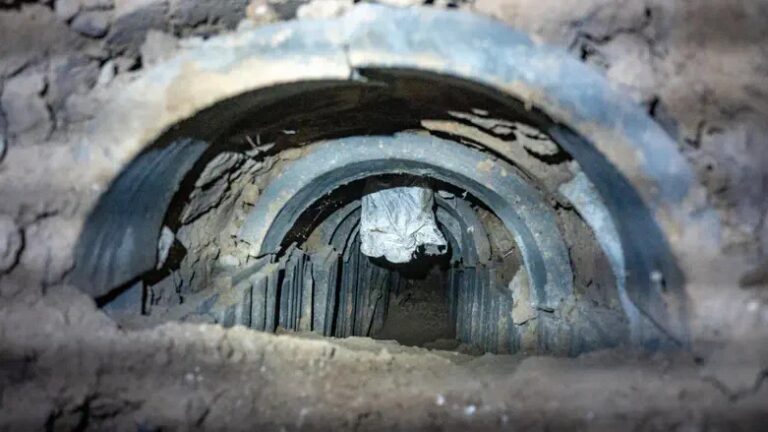A recent report reveals that from the early 20th century to 1958, Syria’s 2,500-year-old Jewish community was systematically persecuted, over $10 billion in Jewish property and assets were seized, and a community that numbered 50,000 at the beginning toof the 20th century dwindled to a handful of elderly Jews still living in the war-torn country today.
Justice for Jews from Arab Countries (JJAC), a group representing Jews from the Middle East and North Africa, published a report on Syria’s persecuted Jewish community. The report is only the first of a series of 11 reports about the persecution and elimination of Jews from Muslim countries.
JJAC co-president Sylvain Abitbol told Ynet: “The current narrative is that the Jews are Europeans and colonizers and that there is only one set of refugees because Jews have never been part of the landscape of the Middle East. We are publishing reports that document the presence of Jews in the Middle East for thousands of years.”
“The breadth and scale of the near-total displacement of Jews from eleven Muslim countries in the second half of the 20th-century ranks among the more significant cases of mass displacement in modern history. For over 75 years, the world has ignored some 1,000,000 Jews uprooted from the Arab totalitarian regimes, dictatorships and monarchies of Syria, Egypt, Lebanon, Iraq, Algeria, Tunisia, Libya, Morocco, Yemen, and Aden, as well as Iran. From the 1,000,000 Jews in 1948 based in 10 Arab countries plus Iran, today, less than 1% remain. Most fled to Israel, the ancestral homeland of the Jewish people for thousands of years,” the report states.
Rabbi Dr. Eli Abadie, co-president of JJAC, said: “The injustice that was visited upon the indigenous Syrian Jewish community is a story that very few people know about it. What [the Syrian government] did was uproot a community that goes back to the time of the destruction of the First Beit Hamikdash. They uprooted a community even older than the Arabs themselves, older than Islam. And they did it with impunity. They covered up the story and never really were taken to task for what they did.”
The report emphasizes the prominence of the Jewish community in Syria before the persecution began. “The community was renowned for its substantial economic contributions. Jewish merchants played a role in foreign trade, managed significant banking networks, and engaged in international commerce connecting Syria with Baghdad, Persia, and India.”
But beginning in the 1930s, Nazi and Fascist movements gained influence in Syria in the form of “fascist-inspired movements, the emergence of Nazi-style youth groups, increasing physical attacks, and growing antisemitic rhetoric.” Much of the antisemitic rhetoric and violence was incited by the Mufti of Jerusalem, Haj Amin Al Husseini.
“The post-World War II era saw the most aggressive persecution, including comprehensive property confiscation, severe movement restriction, systematic economic marginalization, violent incidents, and government-sanctioned harassment,” the report says.
In 1947 in Aleppo, “At least 150 homes, 50 shops, all of the community’s 18 synagogues, 5 schools, its orphanage, and a youth club were damaged. Property damage was estimated at $2.5 million. Many people were reported killed, but no figures have ever been advanced. More than half of the city’s Jews fled across the borders into Turkey, Lebanon, and British Mandatory Palestine.”
Abadie, the son of Syrian Jews from Aleppo, was born in Lebanon because his parents were persecuted in Syria and were forced to escape to what was then a haven. But in 1971, the Abadie family went through a similar ordeal in Lebanon and was forced out of another Arab country.
Abadie said that Syria and other Arab countries suffered major losses by persecuting and evicting their Jewish populations. “It is not a matter of opinion but fact,” he said. “Bereft of creativity, money, finances, and culture, what was left of Syria? Or Yemen? Or Lebanon? These countries became backward countries. They lost.”
The Jewish population in Syria, which was mainly centered in Damascus and Aleppo, numbered 50,000 in the early 20th century. It decreased to 30,000 by 1948 and dwindled to 5,000 a decade later. In 1991, only 100 Jews remained in Syria and today there are nine elderly Jews still living in the country.
(YWN Israel Desk – Jerusalem)












2 Responses
“But beginning in the 1930s, Nazi and Fascist movements gained influence in Syria in the form of “fascist-inspired movements, the emergence of Nazi-style youth groups, increasing physical attacks, and growing antisemitic rhetoric.” Much of the antisemitic rhetoric and violence was incited by the Mufti of Jerusalem, Haj Amin Al Husseini.”
That last line is the key. The savage had told Rav Yosef Chaim that he had no problem with Jews coming to live there, but he did have a problem with the Zionists attempting to take over and rule.
So, if not for the curse that is Zionism (as per Rav Miller), that tragedy also would likely not have happened. Nobody would have ever heard of that savage pereh adam, and Mashiach would have come.
Do you think maybe the persuctions have anything to do with the rise of Zionism? The cooincidense of the dateline is interesting.
Jews have been there for millenia, and all of a sudden, persecutions.
If it is due to Zionism, the Zionists either didn’t think about it or else didn’t care. So long as the party gained ascendency.
If true, history is rhyming today, with all the hardasment of Jews all over the world.